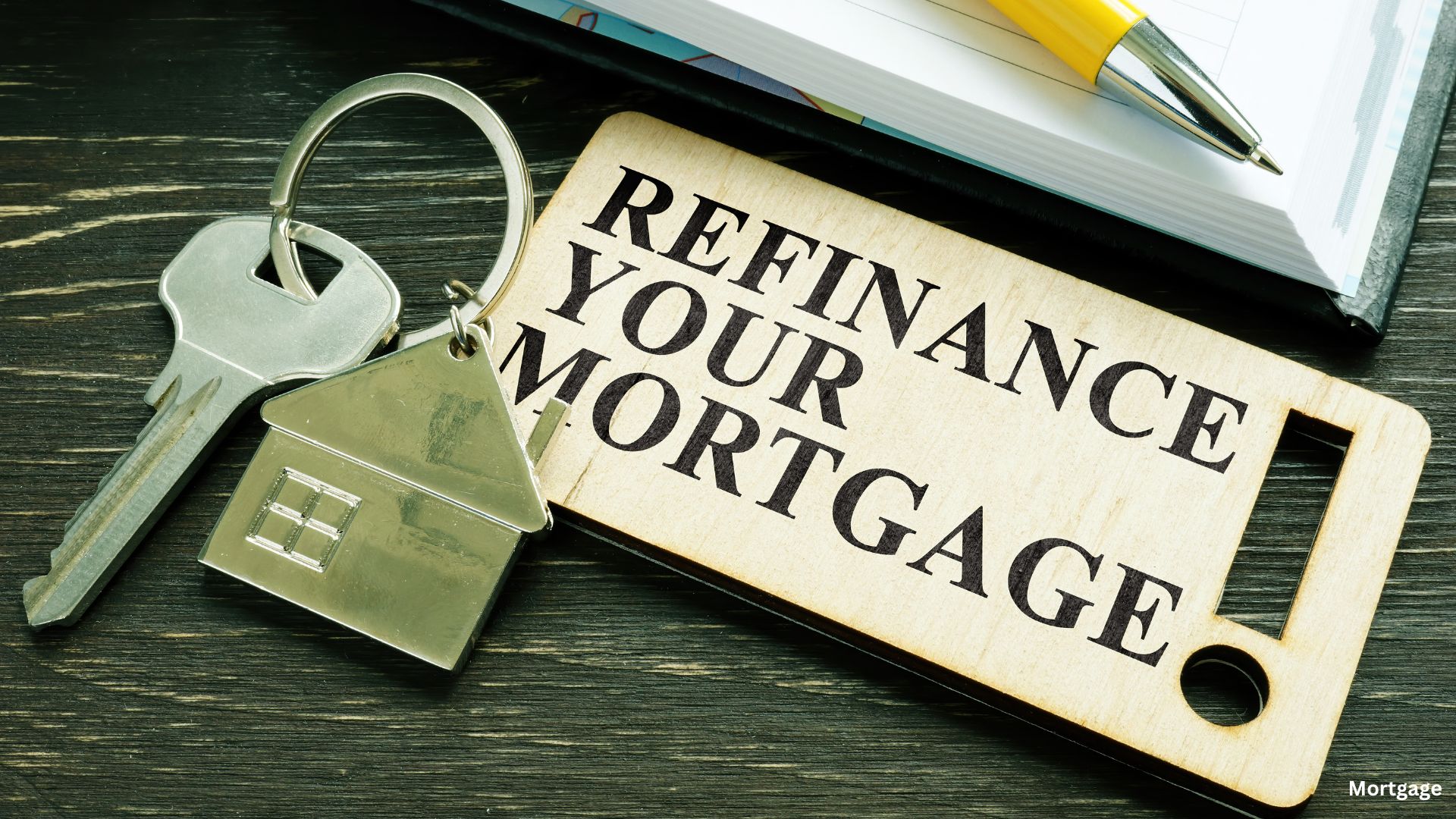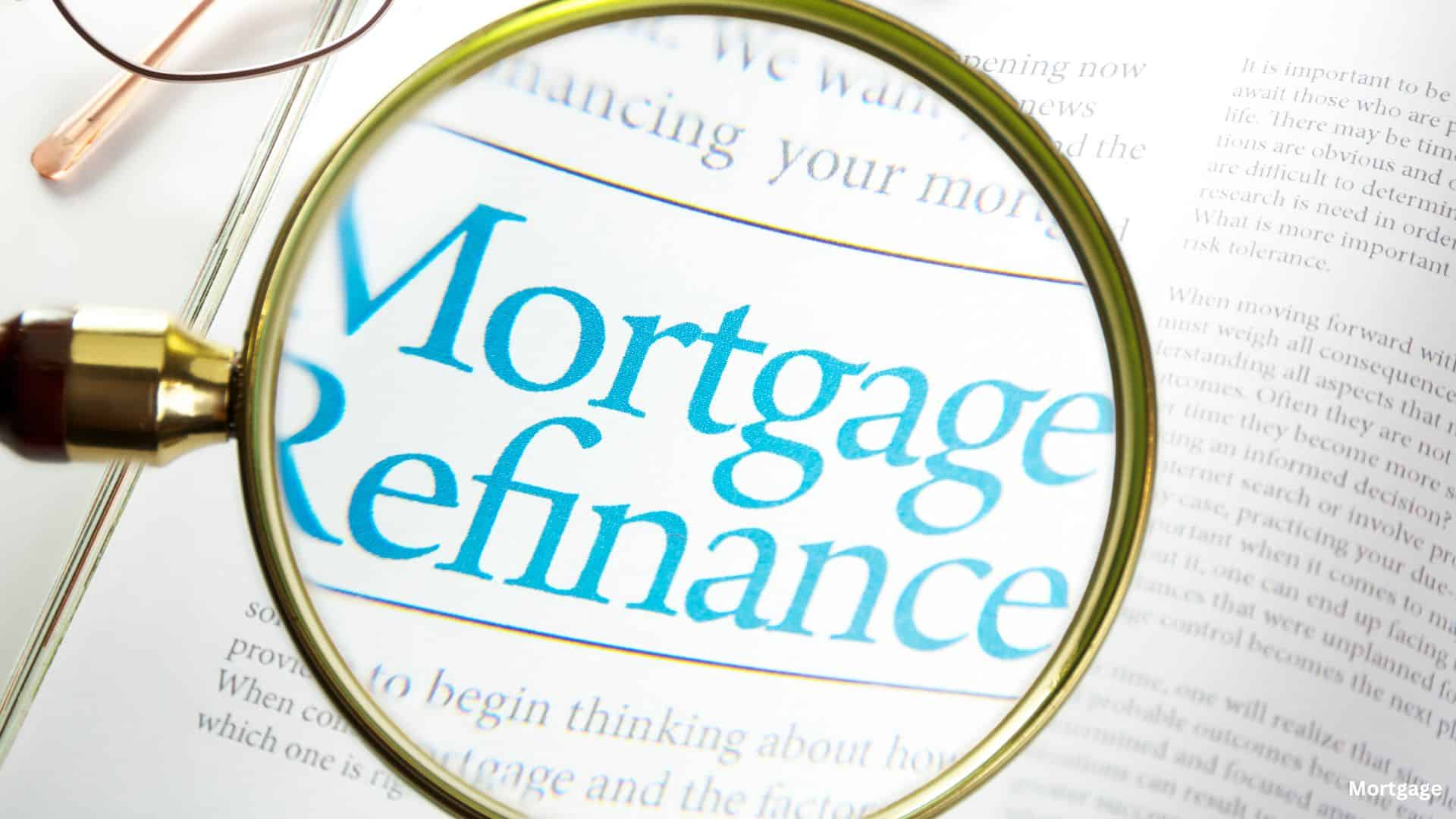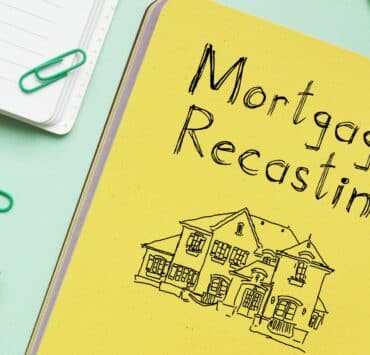Refinancing your mortgage can be a smart financial move, but what if you have a bad credit score? Can you still take advantage of lower interest rates and better terms? The answer is yes. Despite having a less-than-stellar credit history, there are several options available to help you refinance with a bad credit. In this article, we’ll explore these options and provide a step-by-step guide to help you navigate the refinancing process.

Refinance with a Bad Credit: Understanding Your Options
Even with bad credit, you have several refinancing options. Here are some of the most accessible and effective methods:
1. Try Your Own Mortgage Lender First
Your current lender already has a relationship with you, which can work to your advantage. Start by discussing your situation with them. They may offer specialized programs or be more flexible given your history with them.
2. Check Out an FHA Streamline Refinance
For those with an existing FHA loan, the FHA streamline refinance is an excellent option. This program does not require income verification or a credit check, making it ideal for those with poor credit. You will need to demonstrate on-time payment of your mortgage for at least six months.
3. Explore an FHA Rate-and-Term Refinance
Unlike the streamline refinance, the FHA rate-and-term refinance is available to all borrowers, not just those with an FHA loan. This option helps reduce your monthly payments and can include second and third mortgages in the refinanced amount.
4. Apply for a VA Streamline Refinance or VA Cash-Out Refinance
If you are a veteran or active service member, VA loans offer two refinancing options: the Interest Rate Reduction Refinance Loan (IRRRL) and the VA cash-out refinance. Both options cater to borrowers with less-than-perfect credit and come with various benefits, such as no credit check for IRRRL.
5. Use the USDA Streamlined Assist Program
The USDA Streamlined Assist program is for those with USDA loans. This program doesn’t require a credit check, new home appraisal, or home inspection. The key requirement is that you have made your mortgage payments on time for the past 12 months.
Additional Refinancing Methods
6. Consider a Portfolio Refinance Loan
Portfolio loans are originated and retained by the lender, offering more flexibility with credit standards. These loans are particularly beneficial if you have a long-term relationship with your bank or mortgage broker.
7. Find a Co-Signer
If bad credit is a significant hurdle, a co-signer with good credit can help secure the refinance. However, this is a serious commitment and both parties should be clear about the responsibilities and risks involved.
8. Explore Fannie Mae’s RefiNow or Freddie Mac’s Refi Possible
These programs are designed for low- to moderate-income borrowers with bad credit. They offer flexible qualification requirements, making it easier for you to refinance despite a low credit score.
Should You Refinance with Bad Credit?
Refinancing with bad credit can be beneficial, but it’s essential to weigh the pros and cons:
Benefits:
- Lower Monthly Payments: A lower interest rate can reduce your monthly payments.
- Eliminate Private Mortgage Insurance: If you have built up enough equity, you might be able to remove PMI.
- Save on Interest: Over the long term, you could save a significant amount on interest payments.
- Debt Consolidation: A cash-out refinance can help pay off high-interest debt.
Drawbacks:
- Closing Costs: These can be substantial and should be factored into your decision.
- Longer Loan Term: Refinancing resets your loan term, extending the period you’re in debt.
- Credit Score Impact: The application process can temporarily lower your credit score.
Improving Your Credit for a Better Refinance Deal
While you explore refinancing, work on improving your credit score. Here are some tips:
- Check Your Credit Report: Regularly review your credit reports for errors.
- Reduce Credit Utilization: Pay down high balances on credit cards.
- Pay Bills on Time: Consistent, timely payments significantly improve your score.

Refinancing with a bad credit is challenging but not impossible. By exploring various options and improving your credit score, you can secure a better mortgage deal. Whether you opt for an FHA streamline refinance, a VA loan, or a portfolio loan, it’s crucial to understand your choices and prepare thoroughly.










